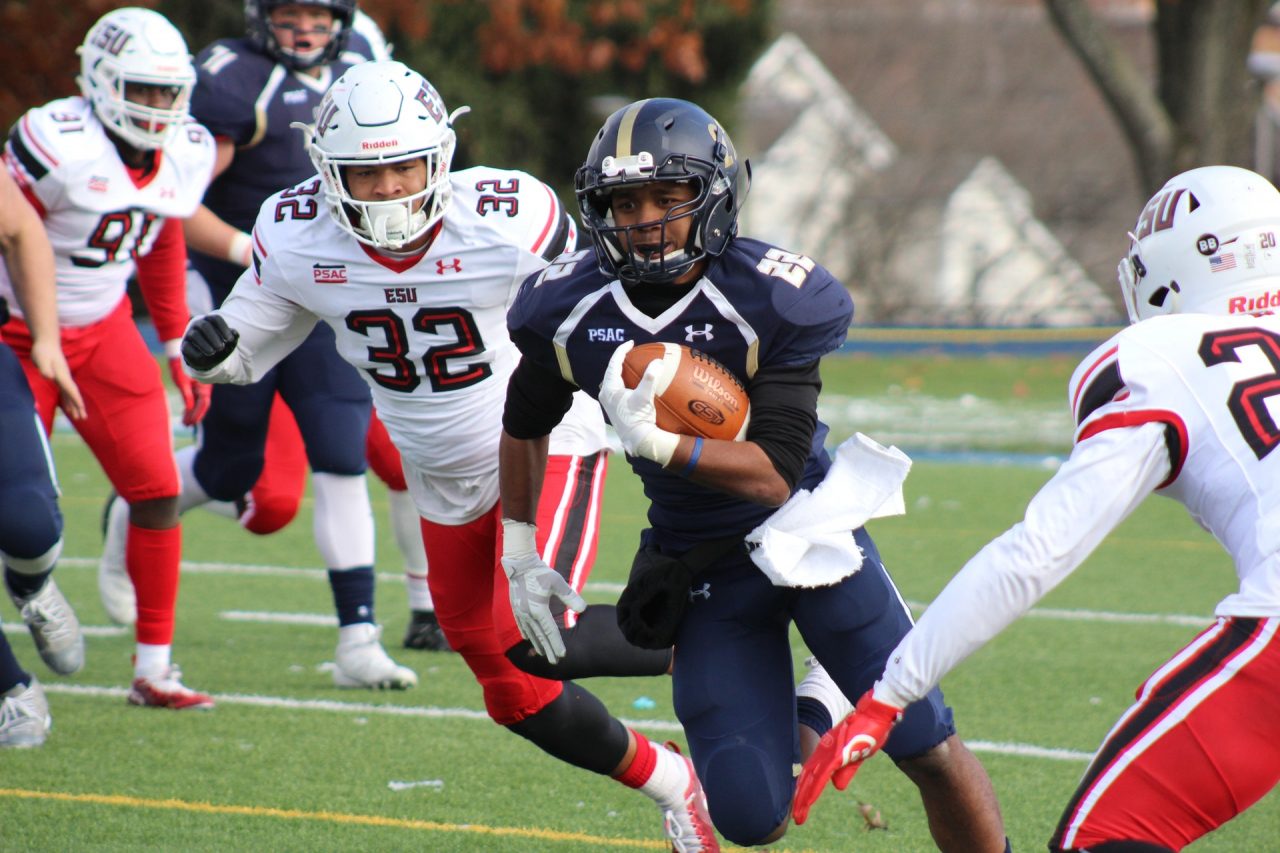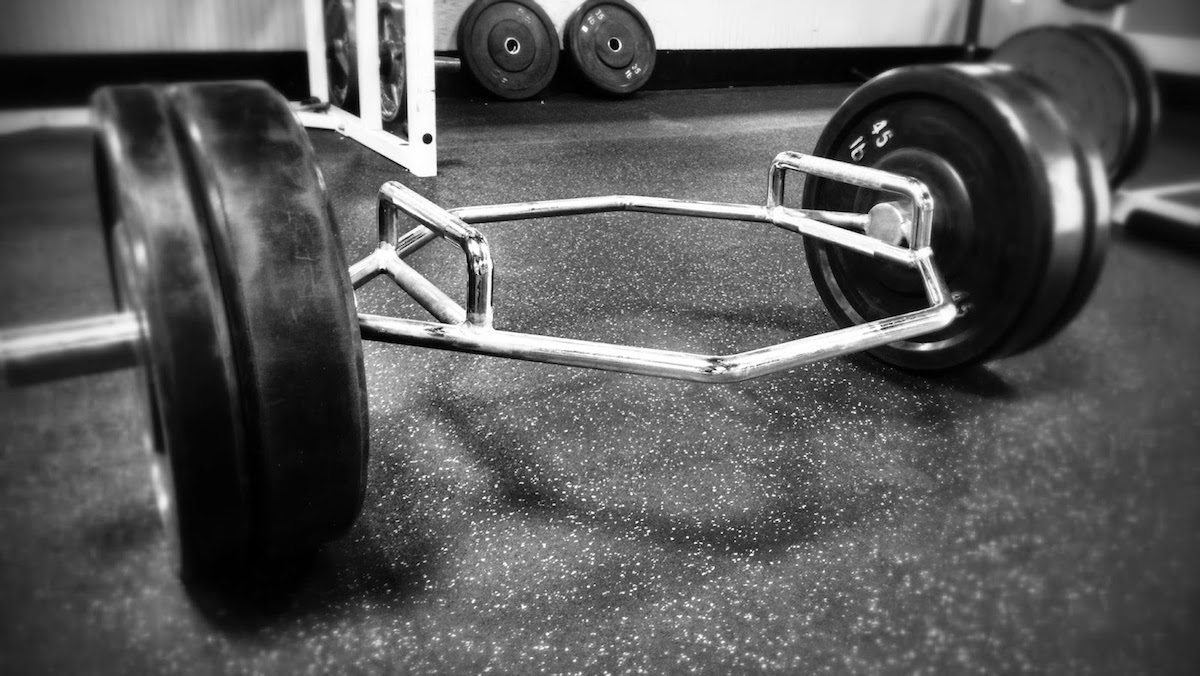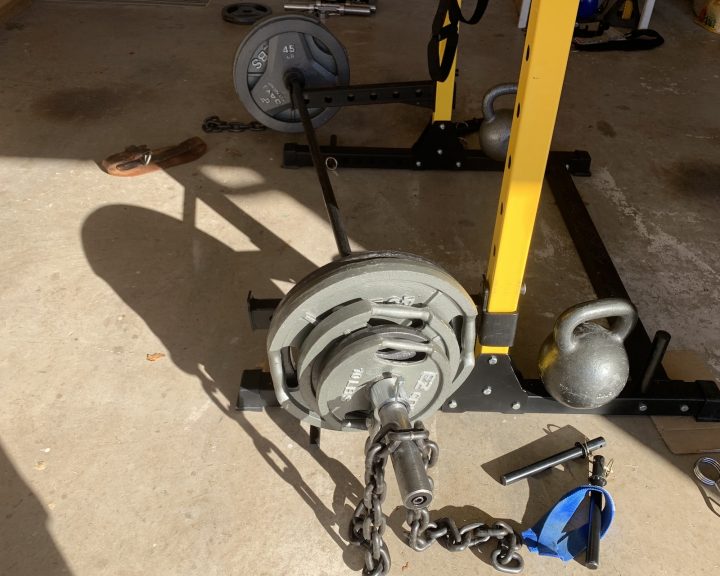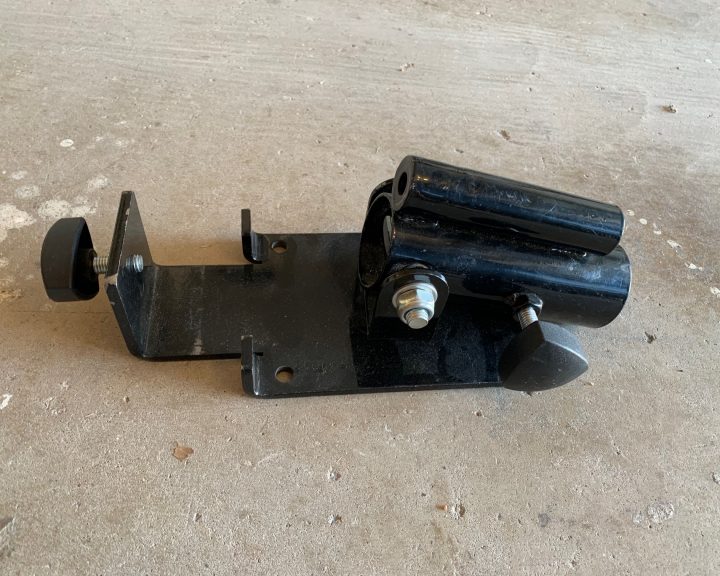Many strength and conditioning coaches got into the field because they believe in strength and conditioning and are probably passionate about their own training. This is a good thing, you don’t want a strength and conditioning coach that doesn’t think this is important after all. This does sometimes develop myopia when it comes to training programs though.
Most strength and conditioning coaches have a training background. For example, some were Olympic lifters. There’s a lot of this in the early days of the National Strength and Conditioning Association. Some were powerlifters. Some were serious followers of the Westside approach to powerlifting. Some were strongmen, others bodybuilders, you see where I’m going here.
For example, I started out in Olympic lifting. I loved (still do) Olympic lifting. As a result, it heavily influenced my approach to the strength and conditioning of athletes. In fact, I felt that every athlete needed to train like Olympic lifters when I started. You’d see the full lifts in a training program, periodized workouts using overhead squats (for example, 3x3x80% of max on the overhead squat), etc. If I had been a follower of the Westside approach to powerlifting, I would have been organizing training around maximal effort and dynamic effort days, assistance exercises, etc. If I were a bodybuilder you’d see that type of training.
Here’s the problem. Whenever we do this, we have lost sight of why athletes are doing strength and conditioning. While we want athletes to be successful in their strength and conditioning (and this means using things we can measure like strength, weight lifted, volume, velocity, power output, etc.) it’s not why athletes are doing strength and conditioning. Athletes are in strength and conditioning programs for two reasons; to give them the physical foundation to play their sport and to help to prevent (or recondition from) injuries. That’s it. We’re not performing strength and conditioning to have the best squat or to have the best clean and jerk.
I’ll add another controversial thought here. Athletes need to be able to apply their strength and conditioning to the sport. Having the biggest squat on the team is unhelpful if you don’t know how to block and this lack of skill/application leads to you getting bowled over during games.
Strength and conditioning has an almost unlimited number of tools, schools of thought, models, and approaches. They all work. The challenge is determining what your athletes need, what gels with your (and the sport coach’s) philosophy, what you have access to, and what you can realistically do. For example, I can do a lot with a professional athlete in a one-on-one setting, there’s unlimited time and access to equipment. But give me a hundred high school football players, ten squat racks, ten platforms, and 30 minutes and I have fewer options.
The point is, a modern strength and conditioning coach has to be flexible and realize there’s no ideal, there’s what’s ideal for you and your situation.




